The world of pigments has long been dominated by traditional mineral-based colors, but recent advancements in augmented reality (AR) and computational chemistry are revolutionizing how we perceive and create them. AR pigment chemistry, particularly the concept of virtual calcination, is opening new frontiers in color science. This innovative approach simulates the ancient process of mineral heating to produce vibrant hues, but without the physical constraints of traditional methods.
Historically, pigments were derived from naturally occurring minerals subjected to intense heat—a process known as calcination. The resulting colors varied based on mineral composition, temperature, and duration. However, this method was labor-intensive and often yielded inconsistent results. Today, researchers are leveraging AR and machine learning to digitally replicate these reactions, allowing for precise control over color outcomes. By inputting mineral data into sophisticated algorithms, scientists can predict how a pigment will behave under different conditions, effectively "burning" minerals in a virtual environment.
The implications of this technology extend far beyond the art world. Industries ranging from automotive coatings to architectural design are exploring AR-generated pigments for their consistency and sustainability. Traditional pigment production often involves hazardous chemicals and significant energy consumption. Virtual calcination eliminates these drawbacks, offering an eco-friendly alternative that reduces waste and carbon emissions. Moreover, the ability to fine-tune colors digitally means fewer trial-and-error experiments, saving both time and resources.
One of the most exciting aspects of AR pigment chemistry is its potential to rediscover lost colors. Many historical pigments, such as Maya blue or Egyptian blue, were created through techniques that are poorly understood today. By simulating ancient mineral sources and heating processes, researchers can reverse-engineer these elusive hues. This not only aids in art restoration but also provides insights into the technological capabilities of past civilizations. The marriage of archaeology and modern computational chemistry is yielding a richer understanding of humanity's chromatic heritage.
Despite its promise, virtual pigment calcination faces challenges. The accuracy of simulations depends heavily on the quality of mineral data inputs, and some complex chemical interactions remain difficult to model. Additionally, there's the question of how these digital colors translate to physical mediums. While AR can display pigments on screens, replicating them in paint or dye form requires careful formulation. Researchers are working to bridge this gap by combining virtual predictions with controlled laboratory synthesis.
Looking ahead, the convergence of AR, artificial intelligence, and materials science suggests a colorful future for pigment development. As algorithms become more sophisticated and computational power increases, we may see entirely new classes of colors that were previously unimaginable. These advancements could redefine not just how we create pigments, but how we think about color itself—blurring the lines between the digital and physical worlds in vibrant new ways.
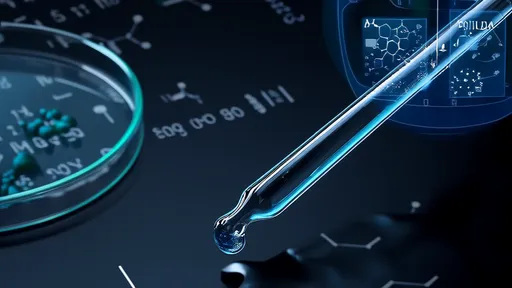
By /Jul 23, 2025
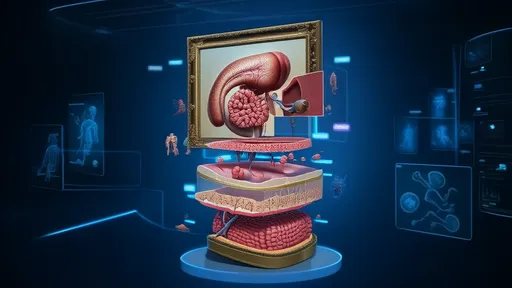
By /Jul 23, 2025
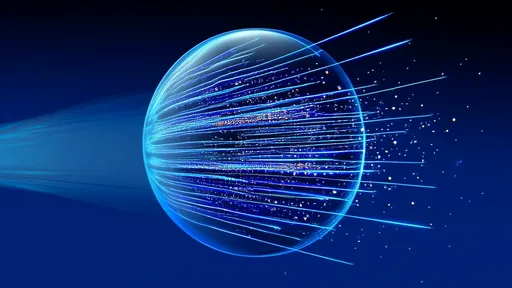
By /Jul 23, 2025

By /Jul 23, 2025

By /Jul 23, 2025
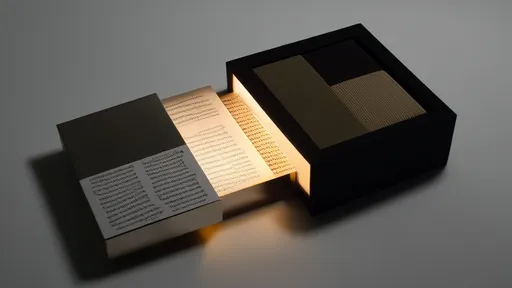
By /Jul 23, 2025

By /Jul 23, 2025
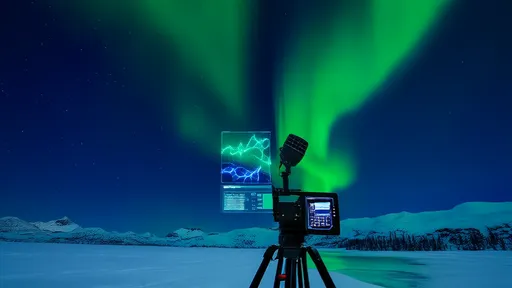
By /Jul 23, 2025

By /Jul 23, 2025

By /Jul 23, 2025
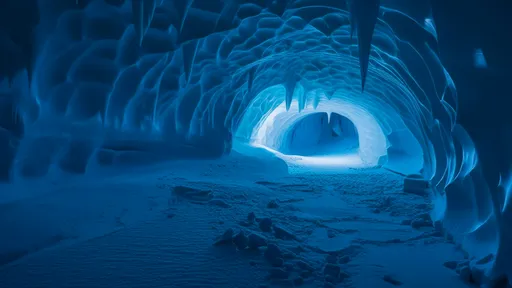
By /Jul 23, 2025
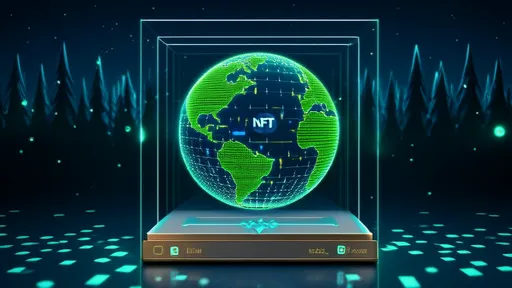
By /Jul 23, 2025
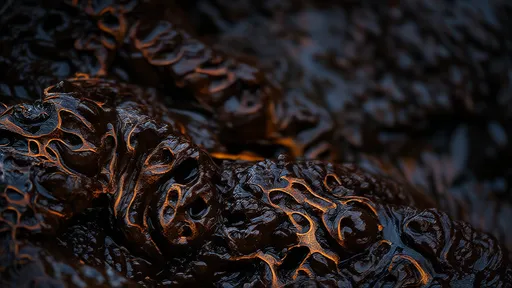
By /Jul 23, 2025

By /Jul 23, 2025

By /Jul 23, 2025

By /Jul 23, 2025

By /Jul 23, 2025

By /Jul 23, 2025